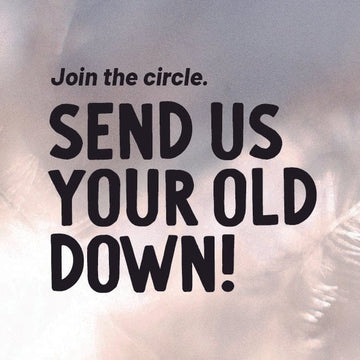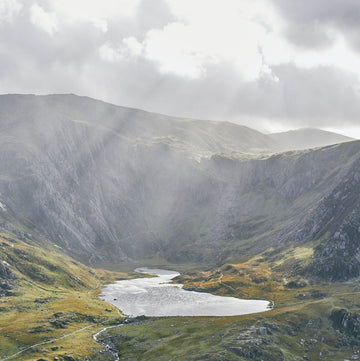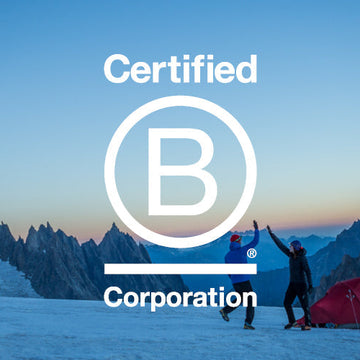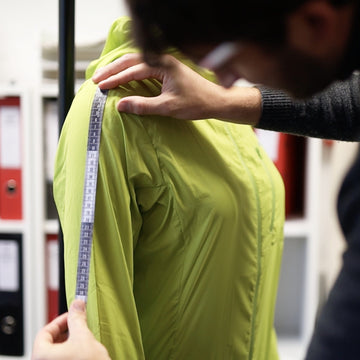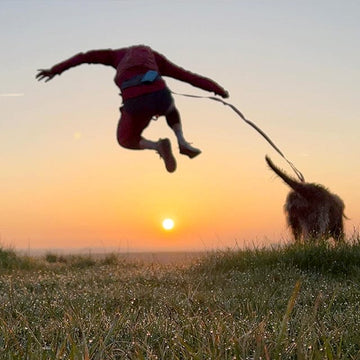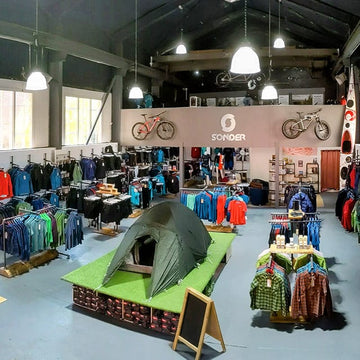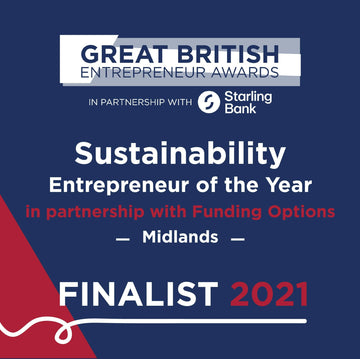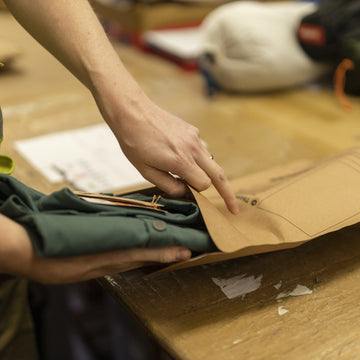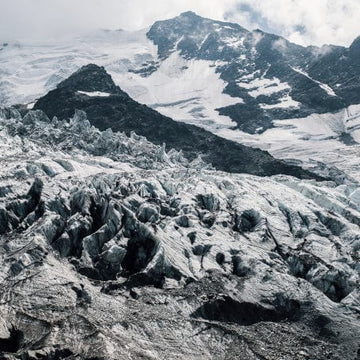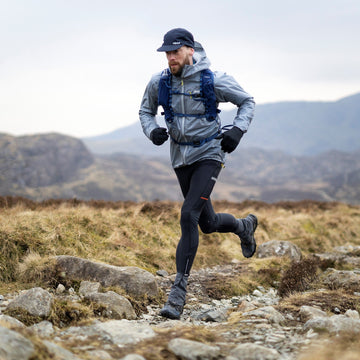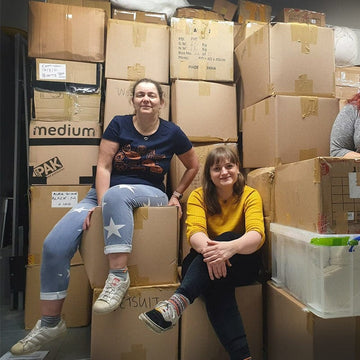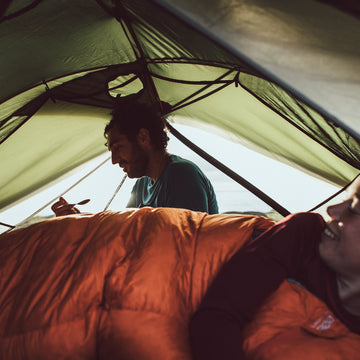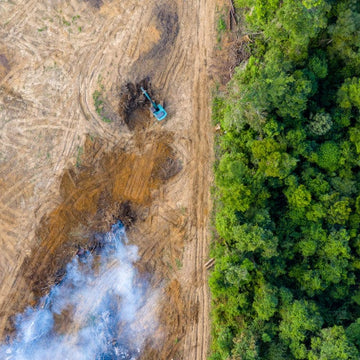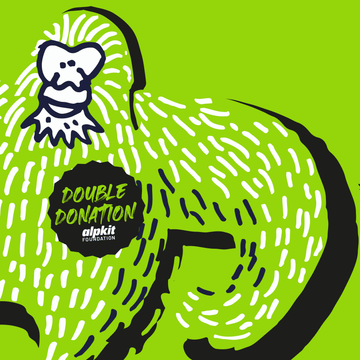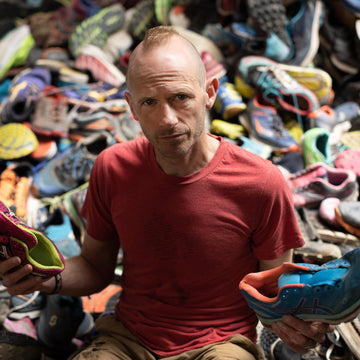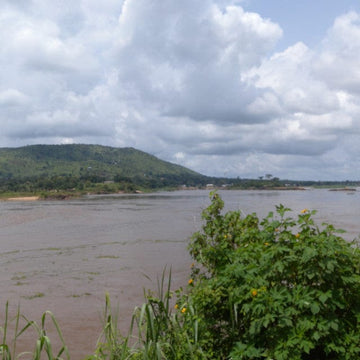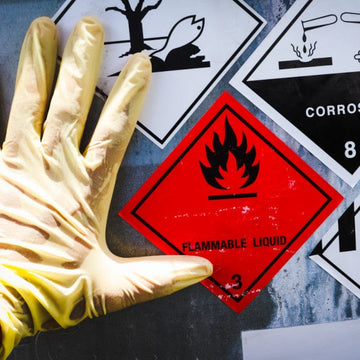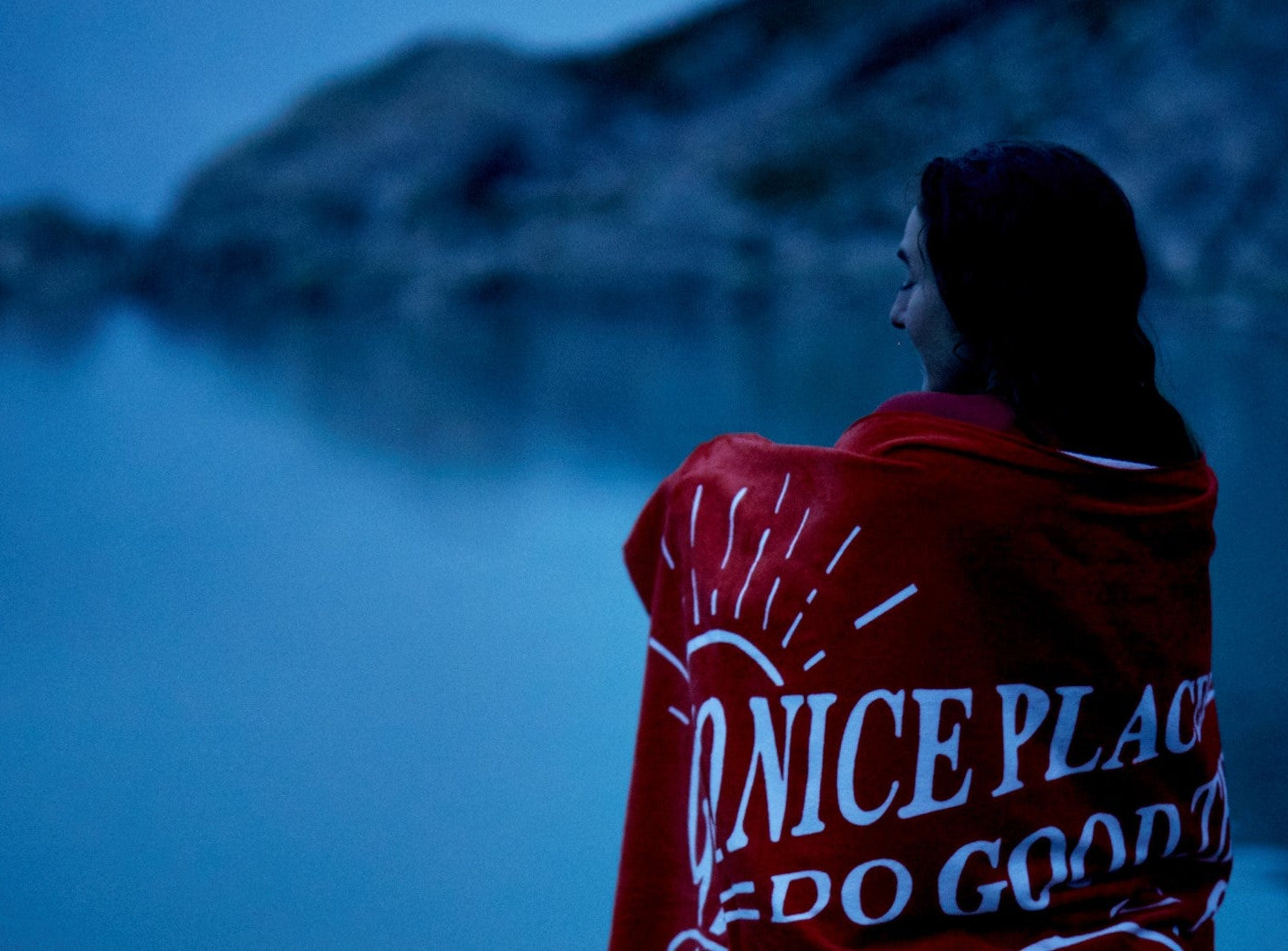
We're delighted to be part of The Microfibre Consortium. This project is led by Sophie Mather and The University of Leeds to research which fabrics are shedding microfibres, why they’re shedding, and how much is being shed.
We’re delighted to have been part of the Microfibre Consortium since the beginning. Because when brands come together, decision makers come together. We want to create solutions to microfibre issues at the source.
We had a chat with Ronnie Legg, our Head of Design, to find out more about microfibres.
Microfibres with Ronnie
- What are microfibres?
- What is the issue?
- Why should we care?
- What is the Microfibre Consortium?
- What is Alpkit doing?
- What can everyone else do?
What are microfibres?
Microfibres are tiny strands that make up textiles. When we say tiny, we mean tiny – a fifth of the width of human hair. They are found in clothing, weaves and knits, fishing nets, mats, car interiors. pretty much everywhere.
What is the issue?
They may be microscopic, but microfibres pose a huge threat to the environment. Every time we put textiles in the wash, they shed microfibres which find their way into the ocean. Research has found microfibres in 100% of tested UK waterways.
Whilst natural microfibres (such as those in merino wool) are biodegradable, synthetic microfibres are persistent. They harm birds and marine life who ingest them and cause an accumulation of harmful chemicals in the food chain.
Why should we care?
In the grand scheme of the issue, the outdoor industry is small fry compared to the rest of the clothing industry. The textiles industry accounts for 15% of plastic use worldwide. We know that there is an environmental cost to every article we produce, and we’re passionate about wild and natural places; someone needs to support this the campaign, why not us?
What is the Microfibre Consortium?
The Microfibre Consortium brings together people from every part of the production process. Brands, retailers, materials scientists and fabric manufacturers. They work with academic experts to find upstream solutions for microfibre shedding.
We’re a signatory of the Microfibre 2030 Commitment. This means we’re tackling problems together. And working, as an industry, to make research-based action.
What is Alpkit doing?
We’ve been part of the Microfibre Consortium since the beginning. And in 2021, we became a signatory of the Microfibre 2030 Commitment.
It brings together people from all parts of the process – materials scientists, manufacturers, brands, retailers and academic experts. We’re working together on upstream solutions to reduce the impact of microfibres on our environment.
To help to fulfil our goals, we test our materials and provide data for research. We want to work collaboratively with the industry to create a materials test and work towards a global rating system.
Research at the University of Leeds and Sophie Mather is beginning with fundamental questions about microfibres, such as:
- How much microfibre shedding are we producing?
- How are the fibres being shed?
- What fabric types could be the key offenders?
Our work with academic experts and the Microfibre Consortium will help us pick the least ecologically harmful fibres and fabrics in our designs. We’re tackling problems together.
What can everyone do?
By getting into the following laundering habits, we can both reduce the number of microfibres shed from our clothes as well as extending their useable life. It’s a win-win! Tips from the Alpkit Laundry:
- Wash less, wash less, and wash less;
- When you do wash garments, use a cold and quick cycle;
- Use liquid detergent instead of powder;
- Wash full loads, not half loads.
